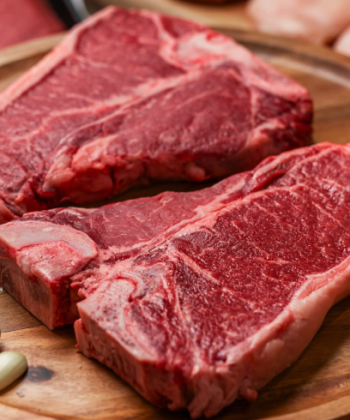
Use this guide to learn everything you need to know about food safety and quality in 2023.
Food safety and quality are incredibly important. Here’s why:
- Food contamination can be prevented
- You can stop the attraction of pests (e.g., rats)
- The consumer gets to consume safe and healthy food
Taking this into account, it’s hardly surprising that most food factories and outlets are now focused on food safety as well as overall food quality. As a result, they don’t have to worry about accidentally supplying contaminated food and experiencing lawsuits.
In fact, for anyone working in the food industry, obtaining a Texas food handler certification is essential to ensure food safety and compliance with local regulations.
You might be looking for ways to improve your company’s food safety and quality moving forward in 2023. If so, you’ve definitely come to the right place, as this guide has tips and information you need to ensure that you take your food safety measures to the next level.
Ready to learn more? Great! Let’s begin.
Follow the Seven Steps of HACCP
Firstly, you need to follow the seven steps of HACCP (Hazard Analysis and Critical Control Point) and create an efficient plan around them. The seven steps are:
- Conduct a hazard analysis
- Identify critical control points (CCPs)
- Set critical limits
- Monitor your CCPs
- Implement corrective actions
- Establish verification procedures
- Keep documents and records of your food safety processes
By doing all of this, you can stay compliant with the law and prevent any of your customers and clients from experiencing food poisoning. Really, it’s a no-brainer.
Some of the key parts of the HACCP process are your Perquisite Programs (PRP), Operational Prerequisite Program (OPRP), and Critical Control Points (CCPs). To learn more about the difference between PRP, OPRP & CCPs, visit safefood360.com.
Operate to BRCGS Standards
For over 25 years, the best food companies in the industry have been operating to BRCGS standards.
By following the standards set by BRCGS throughout your entire supply chain, you can:
- Improve your food safety
- Protect customers
- Experience greater commercial growth
When every party involved is BRC certified (from food manufacturers to the ingredient suppliers), it means that end products sold to consumers will be 100% safe.
After you get your BRC certification, you can then show existing (and future) consumers that you’re passionate about food safety and monitoring. In turn, consumers will be more likely to trust your food products.
Correctly Label Your Foods
Food labeling is another important factor when it comes to food safety.
Through labeling that’s easy to read and understand, you can help consumers understand the ingredients inside your food. On top of this, you can draw attention to allergens so that your customers don’t consume your food and experience any allergic reactions.
It’s also worth mentioning that food labeling should always instruct the consumer on how to store and safely use the food. For example, if there’s no information on storage, the consumer might store the food the wrong way, which can then lead to potential problems like cross-contamination, which you obviously don’t want to happen.
These days, it’s becoming a popular trend to include scannable QR codes on food packaging. By scanning the QR codes, the consumer can then be transported to your website to read about allergens and other important information.
Summary
Moving forward, you can use this guide to ensure food safety and quality throughout your organization. This way, your customers will be safe from issues such as food poisoning, and they will be able to enjoy the products that you provide them with.


